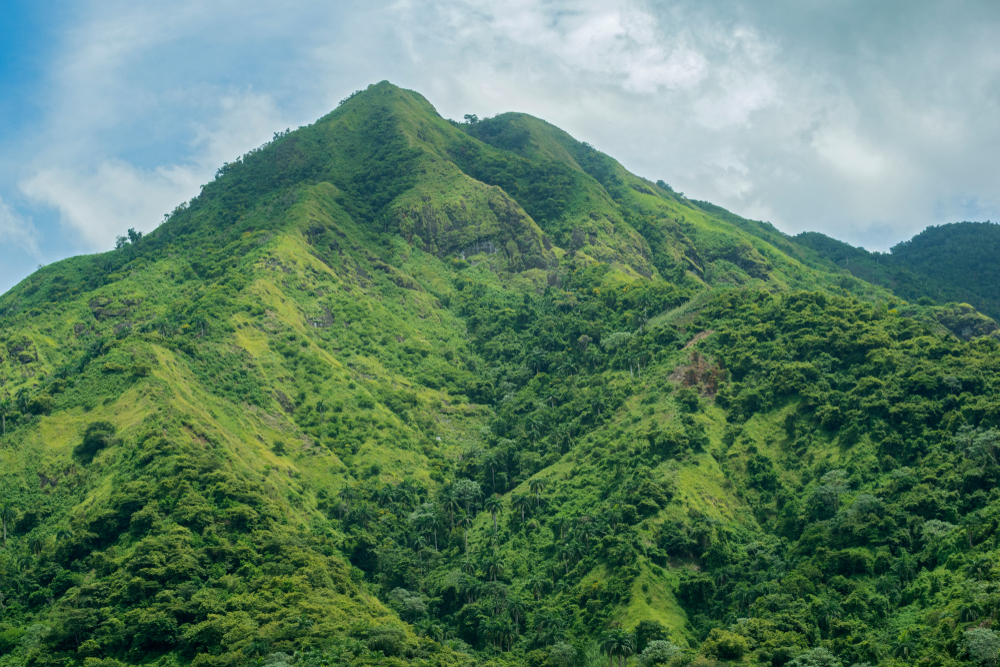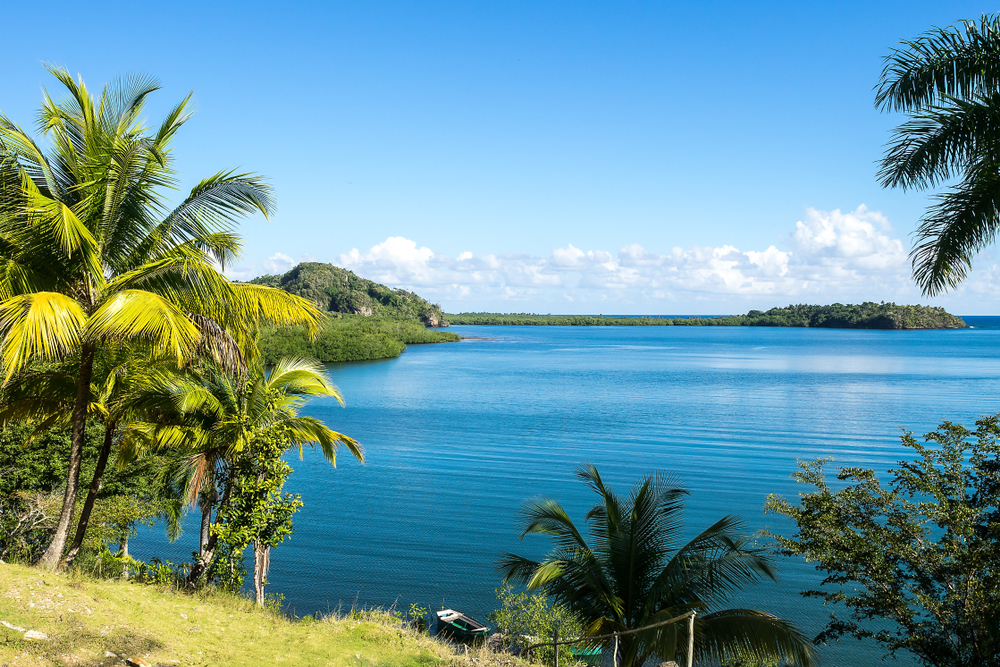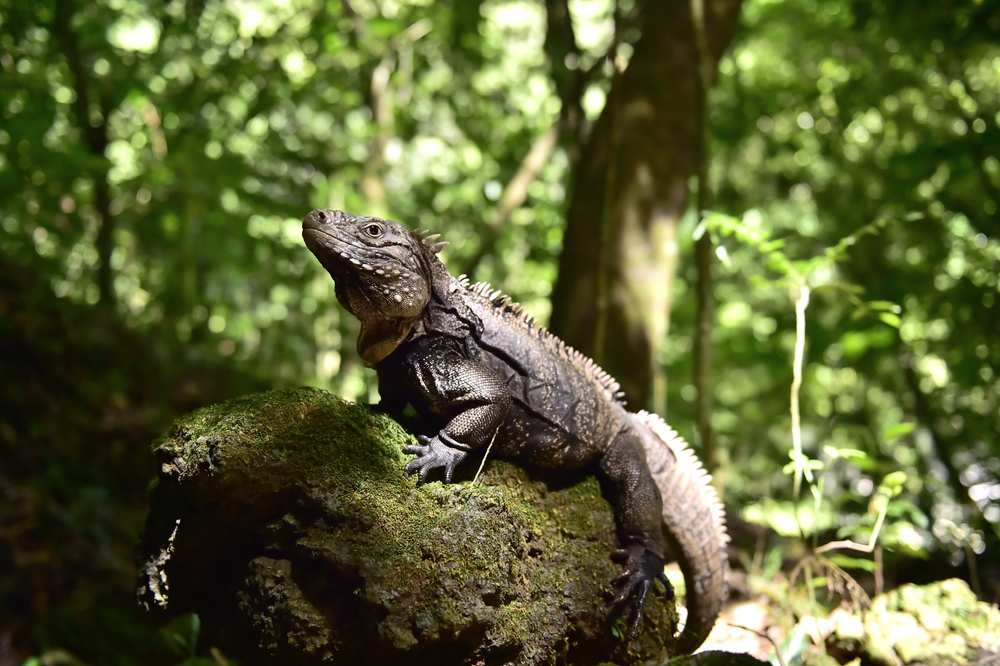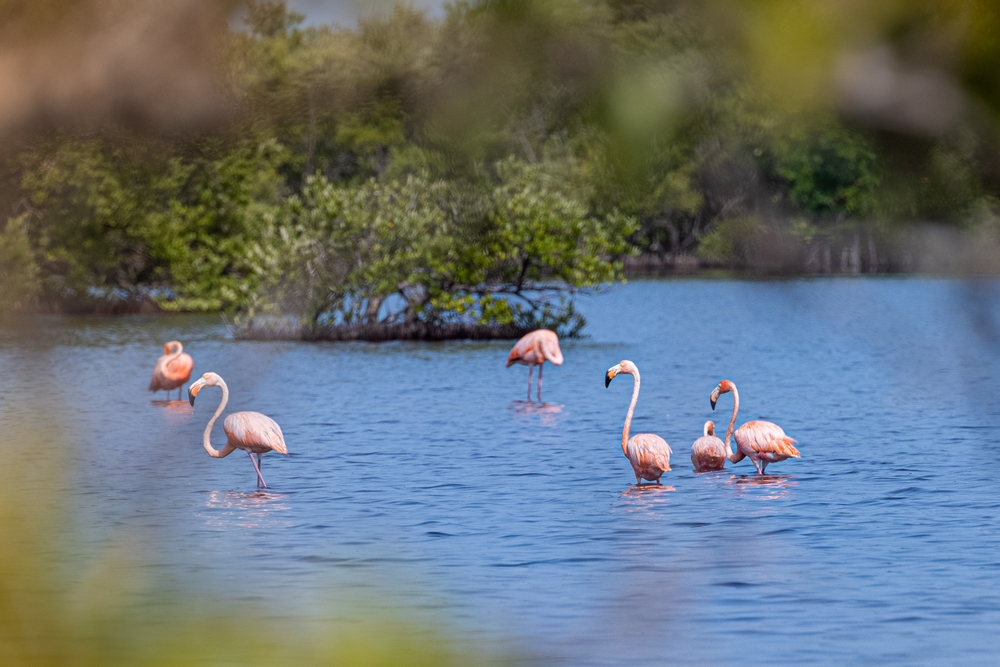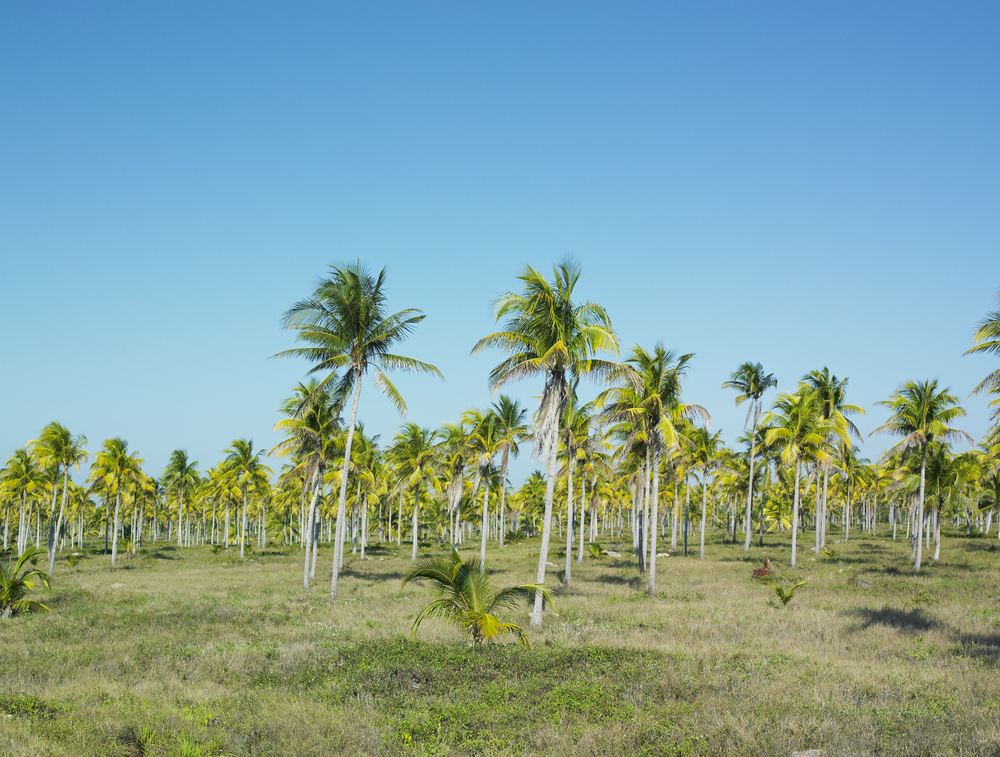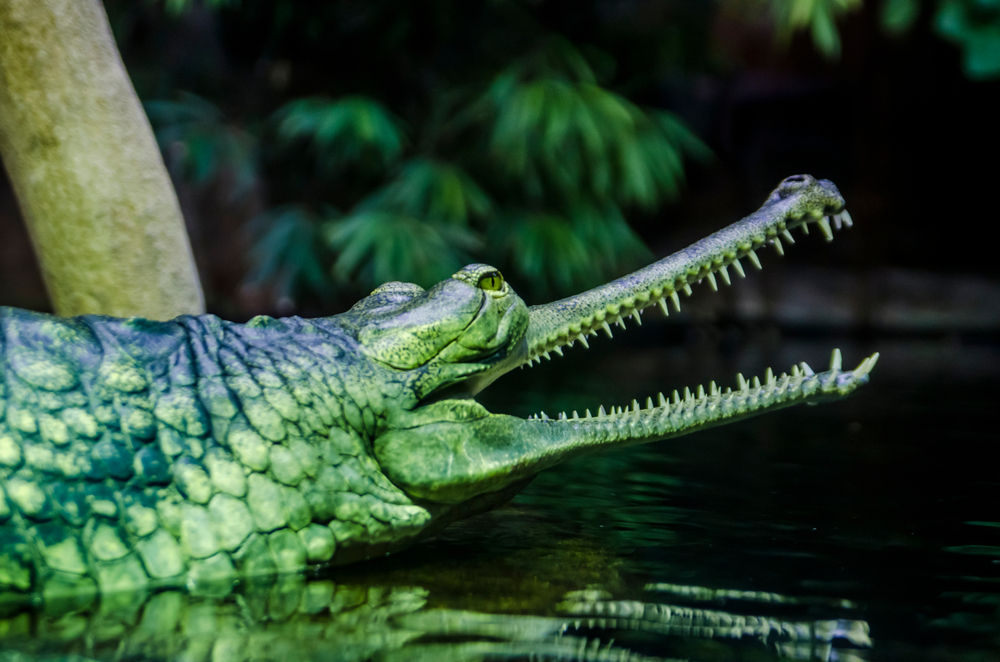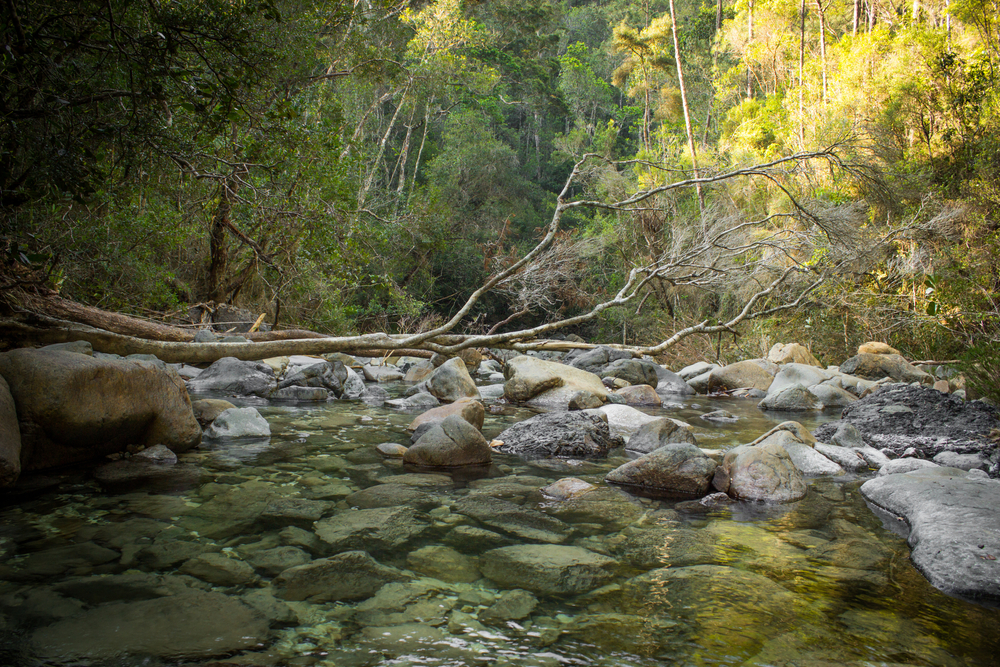Turquino Overview
Turquino National Park, known as Parque Nacional Turquino in Spanish, is a stunning natural reserve located in southeastern Cuba, within the Sierra Maestra mountain range.
Encompassing approximately 229 square miles (593 square kilometers), the park is home to the country’s highest peak, Pico Turquino, which stands at 6,476 feet (1,974 meters) above sea level. This national park is a place of rugged beauty, with steep mountains, dense cloud forests, and rich biodiversity.
The park’s location in Granma and Santiago de Cuba provinces makes it an essential part of Cuba’s ecological and cultural heritage, as it is also deeply tied to the country’s revolutionary history.
The terrain of Turquino National Park is dominated by the Sierra Maestra, a formidable mountain range that stretches along Cuba’s southeastern coast. The park’s landscape features steep cliffs, deep valleys, and lush forests that transition from lowland tropical forests to montane cloud forests at higher elevations.
These cloud forests are particularly enchanting, often blanketed in mist, with a thick canopy of ferns, moss-covered trees, and towering pines. The park is intersected by numerous rivers and waterfalls, including the Río Turquino, which meanders through the rugged terrain. The dramatic landscapes of the park make it a paradise for adventure seekers and nature lovers alike.
Wildlife thrives within the park, with a remarkable variety of species that are unique to Cuba. Among the mammals found here are the Cuban hutia, a large rodent native to the island, and several species of bats that inhabit the dense forests.
Birdwatchers will find the park particularly rewarding, as it is home to some of Cuba’s most iconic avian species, including the Cuban trogon (Tocororo), which is the national bird of Cuba. Other notable bird species include the Cuban parakeet, the ivory-billed woodpecker, and the endangered Cuban solenodon, a small, nocturnal insectivore. Reptiles such as the Cuban boa and various anole lizards are also commonly found within the park.
One of the most popular attractions within Turquino National Park is Pico Turquino itself, which draws hikers and mountaineers eager to reach the highest point in Cuba. The challenging trek to the summit is rewarded with breathtaking panoramic views of the surrounding mountains and the Caribbean Sea in the distance.
Along the route, visitors encounter the José Martí bust, a monument dedicated to the Cuban national hero. Another key feature of the park is La Comandancia de la Plata, a historical site that served as Fidel Castro’s revolutionary headquarters during the Cuban Revolution. This remote guerrilla hideout, nestled deep in the mountains, has been preserved as a museum and is accessible via a moderate hike.
Visitors can experience Turquino National Park in various ways, with hiking and ecotourism being the primary activities. Guided treks to Pico Turquino and La Comandancia de la Plata offer an immersive experience into both the natural and historical aspects of the park.
Birdwatching, nature photography, and wildlife observation are also popular activities, given the rich biodiversity found within the park’s boundaries. Due to its mountainous terrain, the park is best suited for adventurous travelers who enjoy physically demanding excursions.
Conservation within Turquino National Park has been a priority for Cuban environmental authorities, with efforts focused on preserving its unique cloud forests and protecting endangered species.
However, challenges such as deforestation, climate change, and human impact from tourism and agriculture continue to pose threats to the park’s delicate ecosystem. Despite these challenges, the park remains a vital refuge for many endemic species and an important cultural landmark for Cuba. Conservation initiatives, including reforestation projects and sustainable tourism practices, have helped mitigate some of these pressures, ensuring that the park continues to thrive as a national treasure.








































































